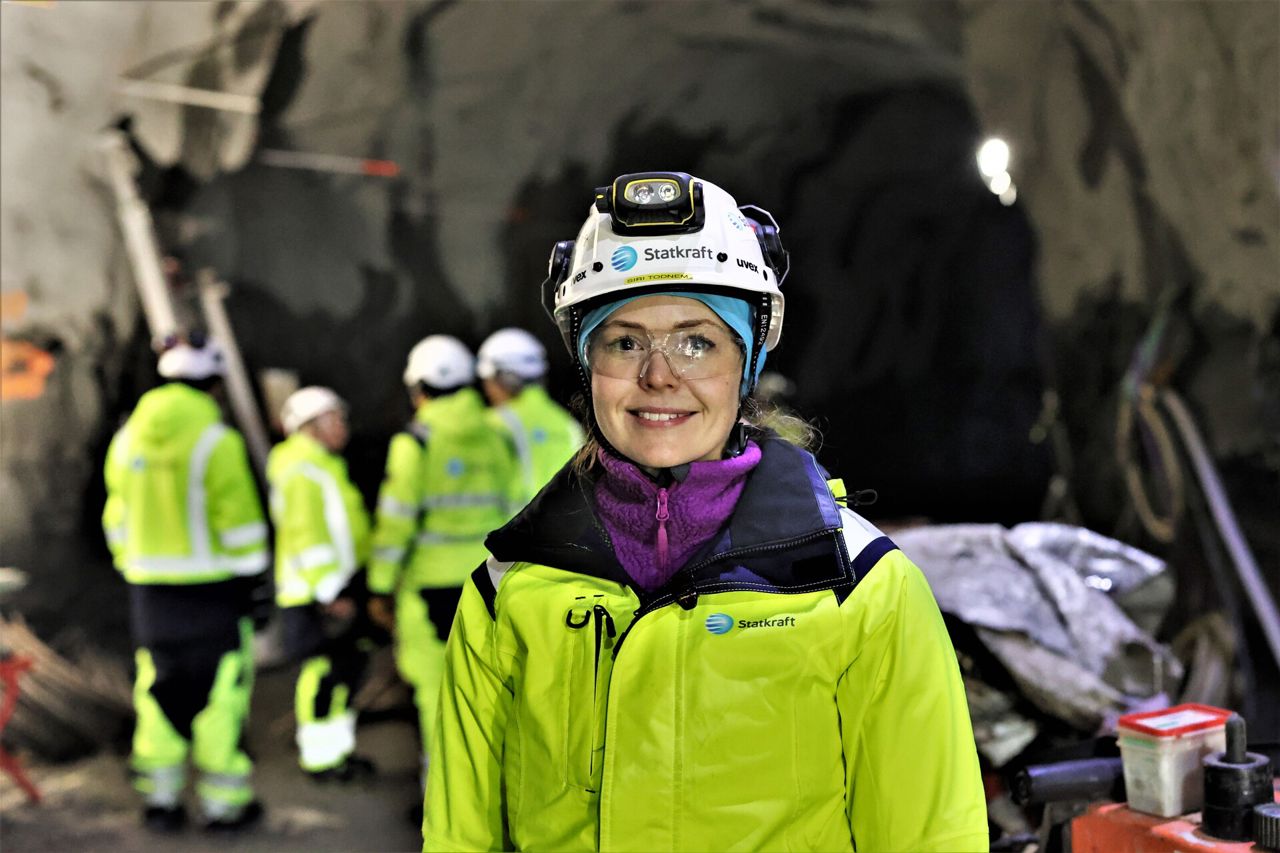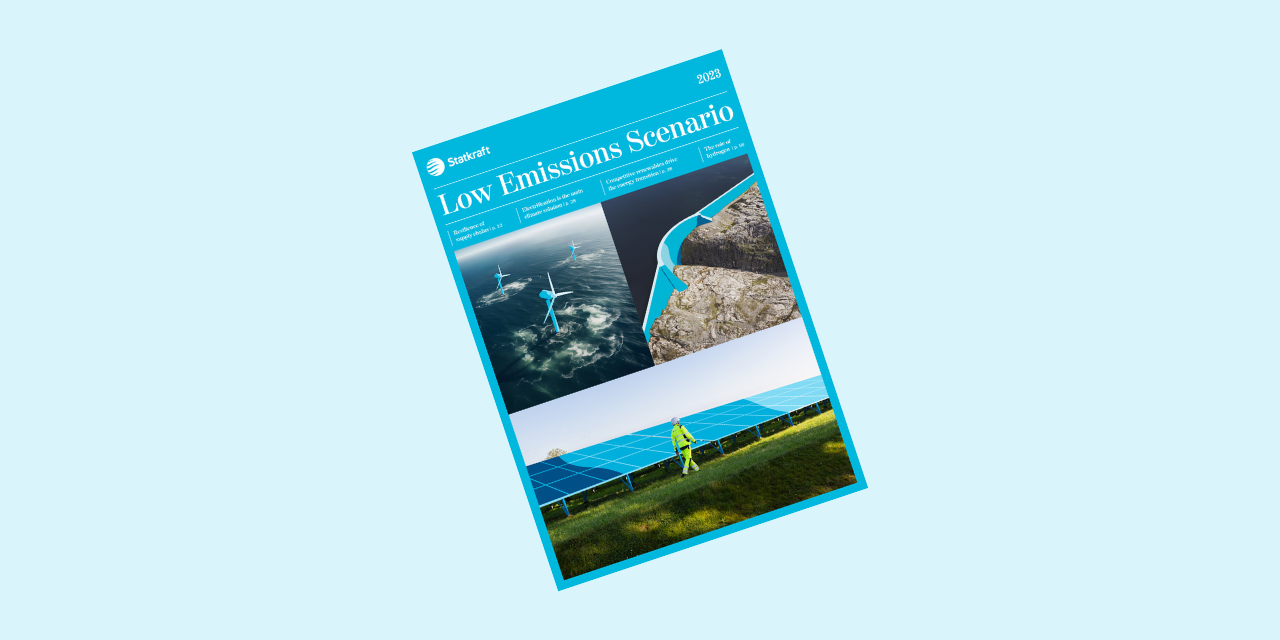
The most common solar power myths…and why they’re not true
In Statkraft’s recently released Low Emissions Scenario for 2050, solar power promises to play a major role in electrifying the world. This is largely due to the rapid technological development, declining costs, and efficiency gains of solar. But for some, when they hear the word ‘solar’, they remain sceptical.
Too costly, not efficient enough, or it won’t work where I live, are among the arguments ‘against’ this green energy source.
To get to the bottom of this, we enlisted the help of Statkraft’s Solar Engineering Manager Paolo Pizzorni, who after 15 years in renewables (and hundreds of MW of solar power to his name) is more than ready to set the solar record straight.
These are the top 3 solar power myths, and why they simply aren’t true.
|
|
|
Solar is unstoppable, according to Statkraft’s Low Emissions Scenario.
With these popular solar myths now busted, it’s easy to see why Statkraft’s Low Emissions Scenario predicts such a bright future for this renewable energy source. Already in 2022, solar was the main contributor to the record-breaking growth in renewables, with net additions of nearly 22 GW. This trend continues in 2023, and with it, we are seeing an increasing appetite for investment in solar. “As we said in our report, power generation from photovoltaic solar panels is a very established technology that even after decades of use, it’s still seeing rapid technological development – both in terms of efficiency gains and cost reductions. This makes it a global frontrunner in our scenario, with expectations of massive growth to come,” says Paolo.
Related Articles

5 questions for Siri Todnem, hydro project manager at the Nesjo dam in Norway
We chatted to Siri Todnem, project manager for the rehabilitation of one of Norway's largest dams, to get up close and personal with hydro
Meet Siri here

If Statkraft’s Low Emissions Scenario were a puzzle, these are the pieces we need
Like any good puzzle, this a complex one. To make sense of it, we asked senior analyst, Espen Bakken Waagø-Wiborg, to help us piece it together, analysing all eleven pieces required to achieve a successful green energy transition.
Read more here






















